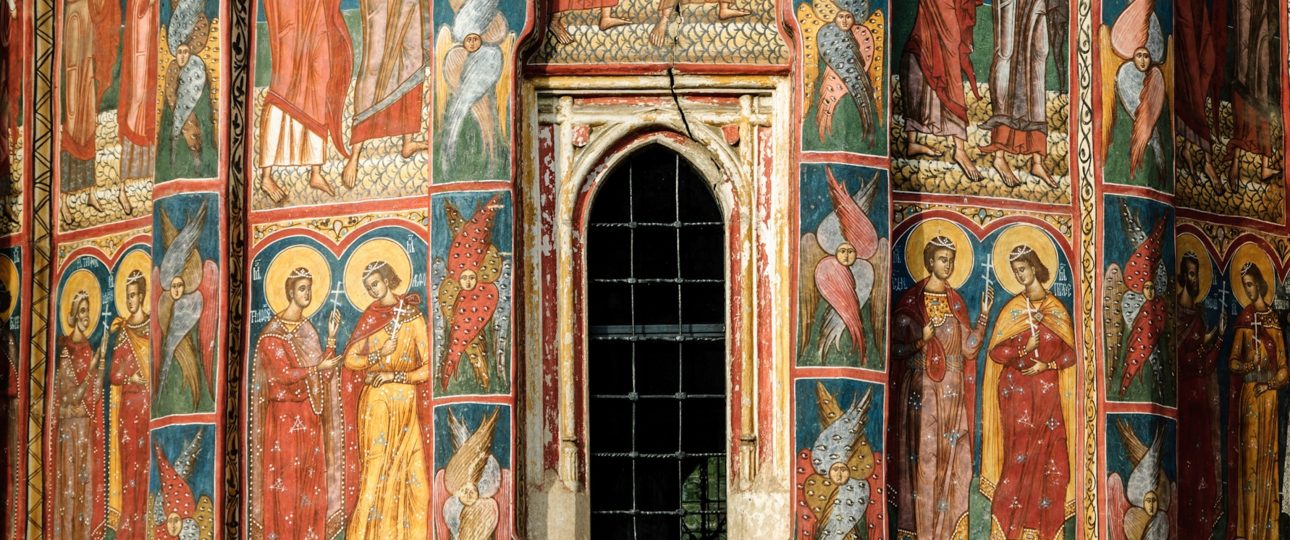Exploring Moldovita Monastery
For travelers interested in history and art, Moldovita Monastery in Romania offers a fascinating glimpse into the past. Located in the scenic region of Bucovina, this monastery is renowned for its vibrant frescoes and historical significance.
Historical Background
Moldovita Monastery, officially known as the Church of the Annunciation, was constructed in 1532 by Petru Rareș, the son of the famous Moldavian ruler Stephen the Great. Rareș was instrumental in promoting the unique style of painted churches in Bukovina. The monastery is one of eight in Northern Moldavia recognized by UNESCO as a World Heritage Site in 1993, celebrated for its exterior frescoes that depict biblical scenes and Christian Orthodox themes.
Artistic Highlights
The frescoes at Moldovita Monastery, painted by Toma of Suceava in 1537, are a testament to the artistic vision of the time. Dominated by yellow and blue hues, these paintings include a procession of saints, the “Tree of Jesse,” and the “Siege of Constantinople.” The frescoes are remarkably well-preserved, offering a vivid portrayal of religious stories and themes. The monastery also features Gothic-style windows and doors, adding to its architectural charm.
Visiting Tips
The best time to visit Moldovita Monastery is during the spring and summer months, particularly in May and June, when the surrounding landscape is lush and vibrant. During these months, the monastery hosts various religious festivals, providing a chance to experience traditional Romanian customs.
Getting There
Moldovita Monastery is situated in the northern part of Romania, in Bucovina. The nearest major city is Suceava, which is accessible by train and bus from other Romanian cities. From Suceava, you can reach the monastery by taxi or local bus. Once there, exploring on foot is recommended due to the compact nature of the site.
Exploring the Region
For those interested in visiting other painted monasteries in the region, renting a car or joining a guided tour is advisable. This allows for a comprehensive exploration of Bucovina’s cultural heritage, including nearby attractions like Voronet Monastery and Sucevita Monastery.
While Moldovita Monastery offers a rich cultural experience, visitors should be prepared for limited amenities in the area. It’s a good idea to plan your visit with essentials in mind, as local facilities may be basic.



